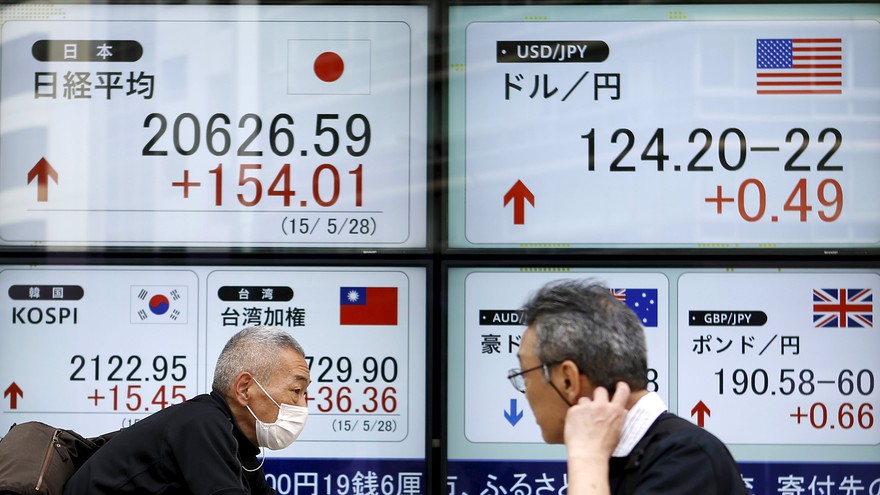As world markets crashed on Monday, millions of investors witnessed a market phenomenon that resonated with premonitions of the 2008 financial crash. Global investors engaged in rampant yen carry trades in since 5th August, causing the Nikkei and Nasdaq to tank to alarming lows. A carry trade typically involves investors borrowing currency with a lower interest rate, such as yen, to invest in currency with higher interest. Japan’s yen has emerged as a favorable currency in recent years due to its exceptionally low interest rates. Carry trades are heavily dependent on the chosen currency staying cheap and stable market conditions.
Recently, market volatility and the yen’s 7.5% escalation thrust investors into sell mode, causing Monday’s worldwide selloff. Furthering tensions in the markets, the size of the “big yen carry trade” is still under speculation. According to data from the Commodity Futures Trading Commission, hedge funds and other speculative investors were holding more than 180,000 contracts betting on a weaker yen on a net basis, worth more than $14 billion, at the start of July. A selling sentiment set into the market after the Bank of Japan lowered interest rates to 5% for the first time since the pandemic. This, coupled with word of the US cutting rates in September to halt recessionary effects, led to several investors dumping the dollar.
Despite the widespread ‘sell’ mood across global markets, some analysts urge novice investors to exploit these unprecedented price dips. “The Nikkei volatility could create some fantastic buying opportunities for Japanese stocks, as some high-quality names will get oversold amid all the panic. Just because the Nikkei 225 is being punished does not mean investors should be cutting their Japan exposure entirely,” said one fund manager that tracked Monday’s Nikkei plunge.
Dollar Steadies As September Rate Cut Back in Focus; Yen Wobbles on Intervention Watch






